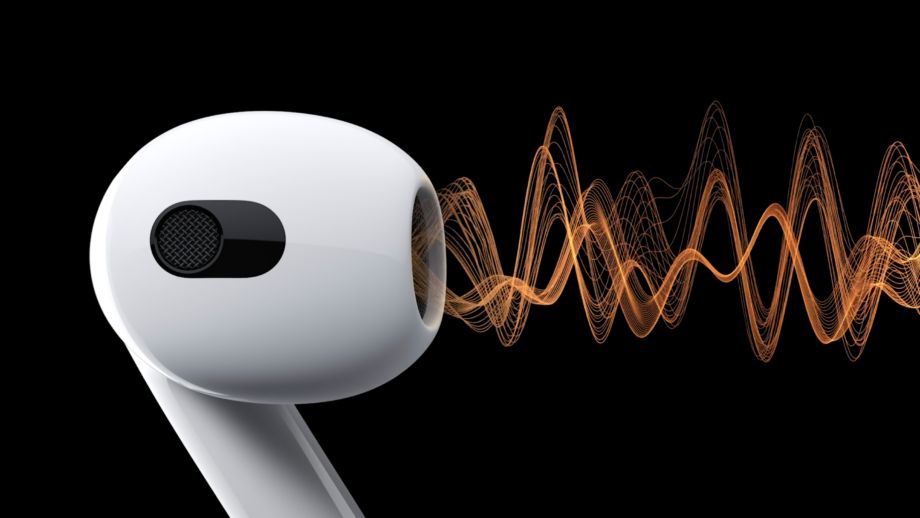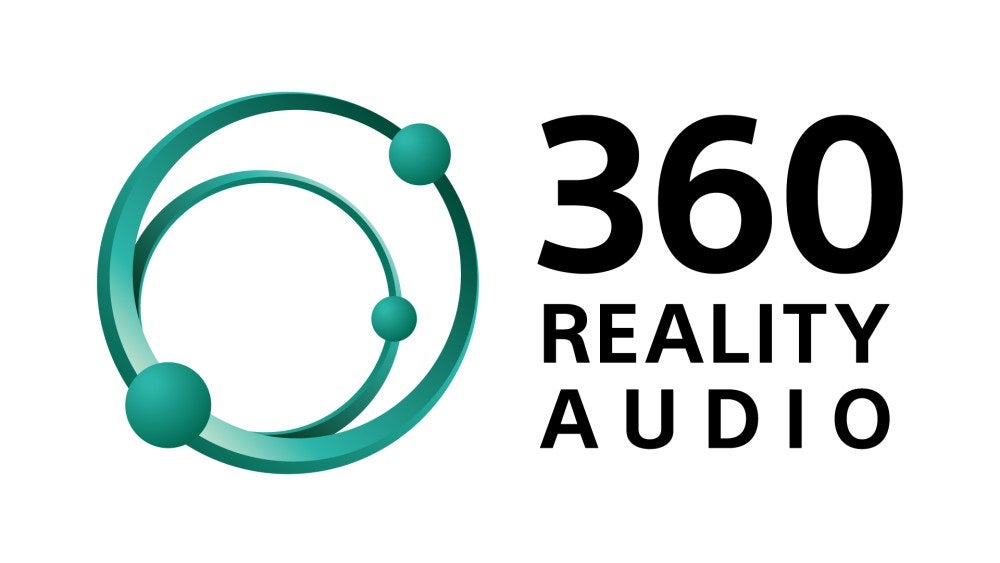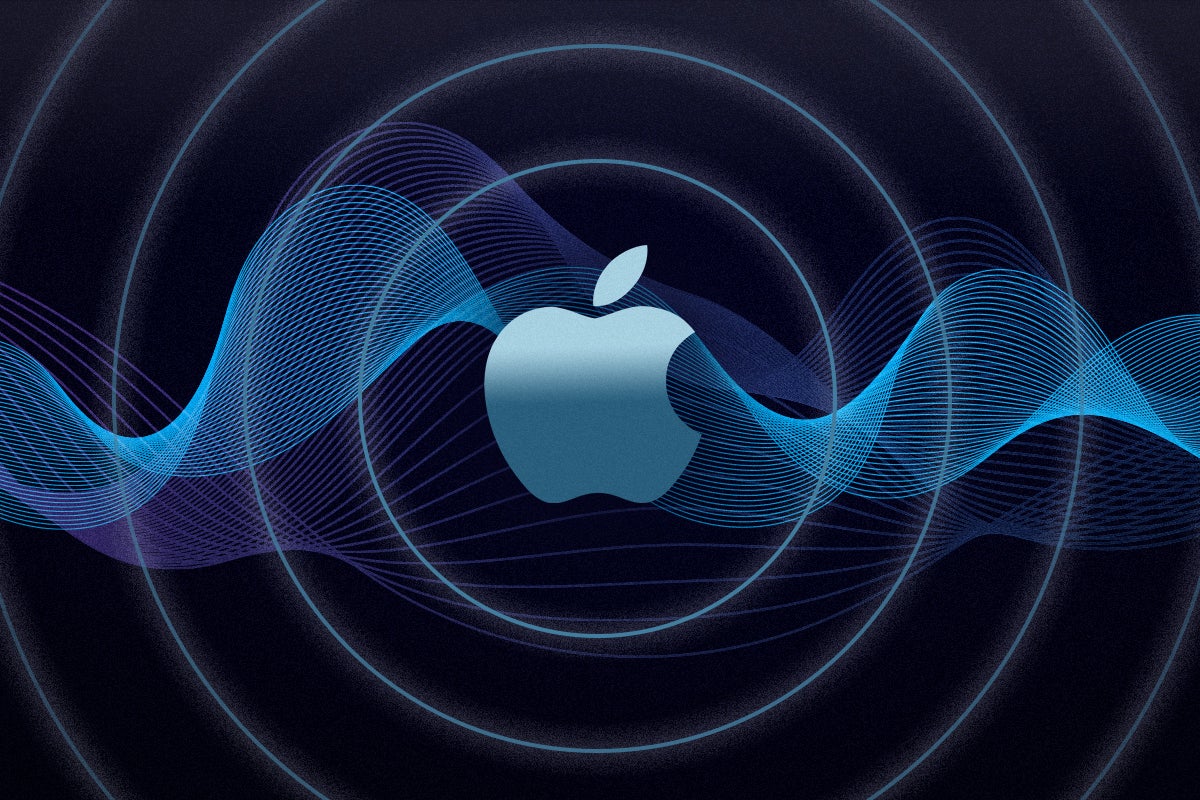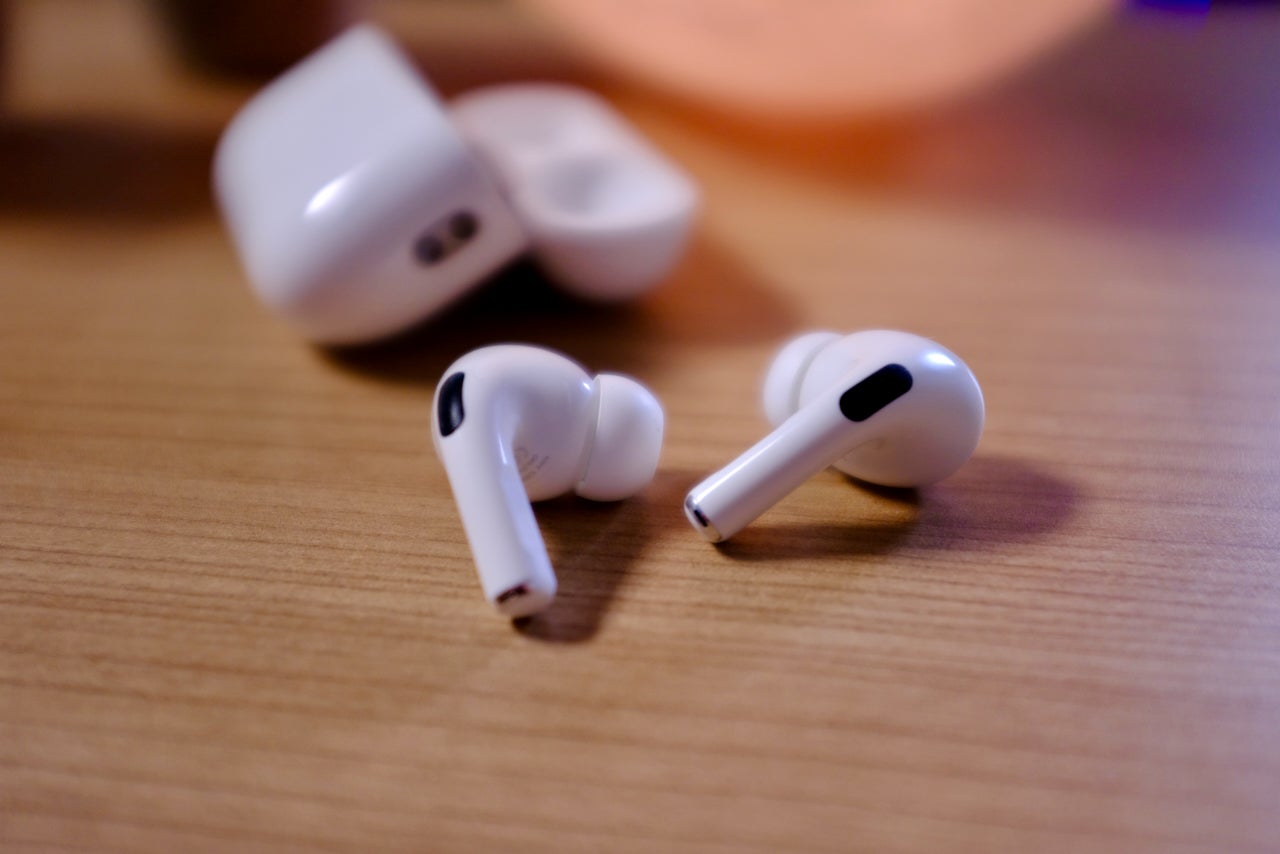What is AAC?

AAC stands for Advanced Audio Codec, and is one of the most commonly supported Bluetooth codecs in the audio market. Here is what you need to know about it.
The world of audio is vast, and it can sometimes get a little overwhelming if you’re trying to learn more about the audio codecs used on various devices. Thankfully, we’re here to break down one of the most commonly used codecs and explain where it crops up in most, as well as its benefits.
Keep reading to find out everything you need to know about AAC.
What is AAC?
AAC stands for Advanced Audio Codec, and is an audio coding standard used to compress and encode digital audio files. It was designed to be the successor to MP3 and claims to offer better audio quality.
It can be used to code audio files at medium to high bit rates, with the idea that it minimises the amount of data required for high-quality digital audio. Anything that is not needed, such as signal components and redundancies is removed to shrink the file to a size that’s more manageable.
Advanced Audio Codec is capable of sampling frequencies from 8Hz to 96kHZ as well as up to 48 channels, with the added benefits of compressing complex audio is a much easier fashion than MP3 can.
Who uses AAC?
Moreover, as well as being an audio format, AAC is also the default audio compressed method that is used by both Google’s YouTube as well as Apple’s iTunes.
AAC is supported on both Apple and Android devices, however, it’s claimed to perform better on Apple devices than Android due to the hardware encoders on iOS devices appear more able to process it efficiently, using a more advanced compression algorithm that can better handle AAC.
Plus, AAC is a much heavier code on the processor than some other formats, meaning smartphones that prioritise efficiency over performance won’t get the full benefits of AAC, as it will be encoded at a lower bit-rate to save power. This contributes to why Android phones, like the Pixel 6 Pro and Samsung Galaxy Note 8, will likely see less impressive performance from AAC than Apple phones like the iPhone 13 Pro Max.
It is also utilised by myriad other companies, including the likes of Dolby, Sony and Fraunhofer IIS as a better solution to MP3.
Is the audio quality good?
As we’ve just covered, the audio quality of AAC may vary depending on the device. Anyone who isn’t using an Apple device and AAC can potentially expect audio to sound less impressive, with small details being lost.
However, it doesn’t sound as good as lossless CD-quality audio (although Apple will claim there’s virtually no difference between AAC and lossless), though it is considered to be better than the standard Bluetooth SBC (Sub-Band Coding) codec. This shouldn’t be too much of a problem for most consumers, but if you prefer to listen to music in higher quality then AAC has its limitations.
Most headphones support AAC encoding, but it’s not unusual for cheaper headphones to skip AAC altogether. If that’s the case then any headphone that doesn’t support AAC then your device will default to SBC. As iOS devices hit a max of AAC for Bluetooth audio streaming, you should double check your headphone’s support to get the best audio quality.
And as it is widely supported by various devices and software platforms, a list that includes iOS, Android, Windows, macOS and Linux, it is very accessible.
We wouldn’t say AAC has the best audio quality, but for iOS and Android devices, its ability to compress the size of files makes for a convenient way to stream music.








